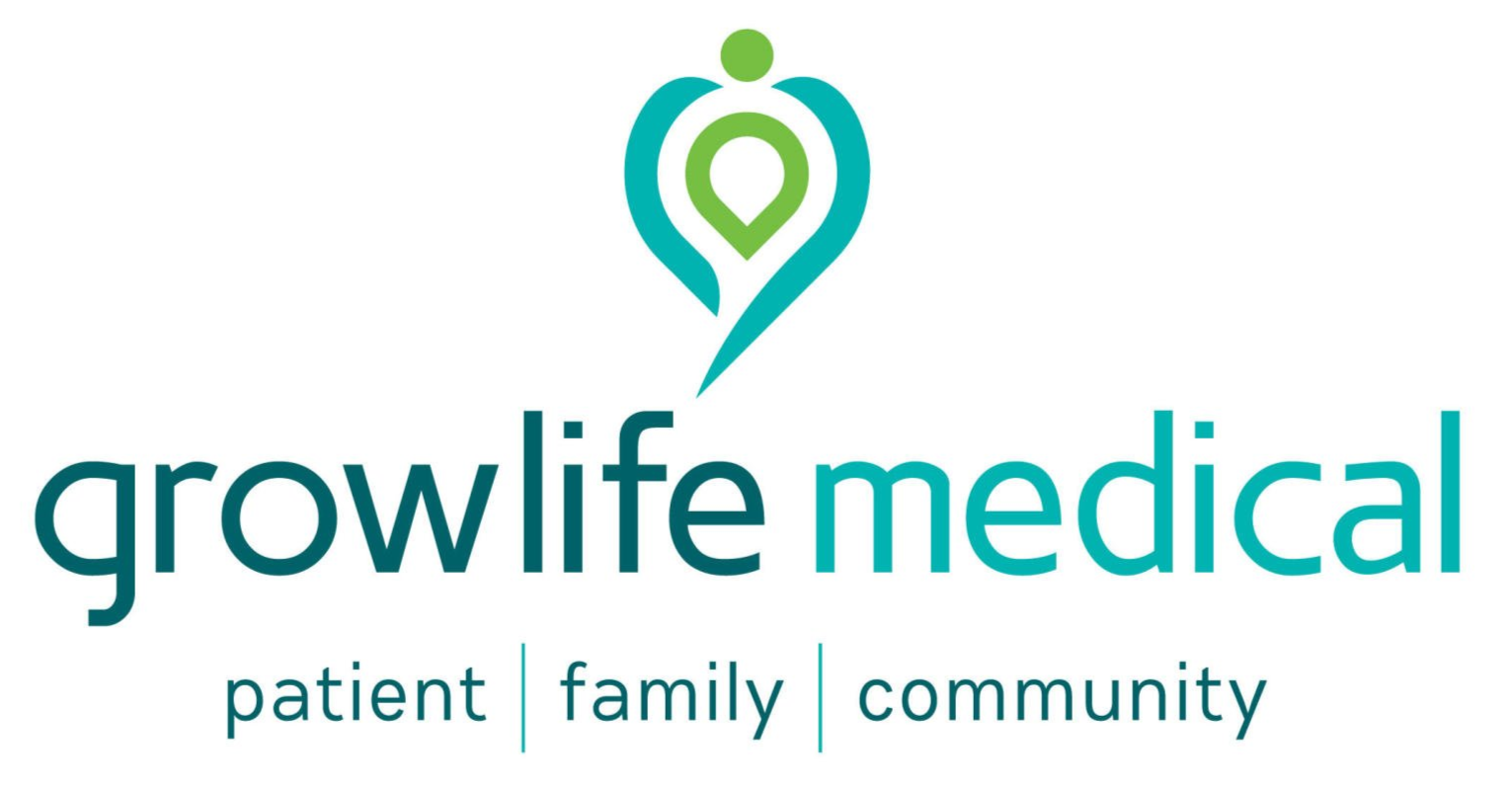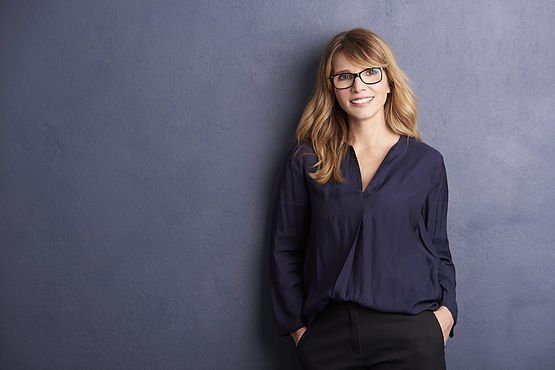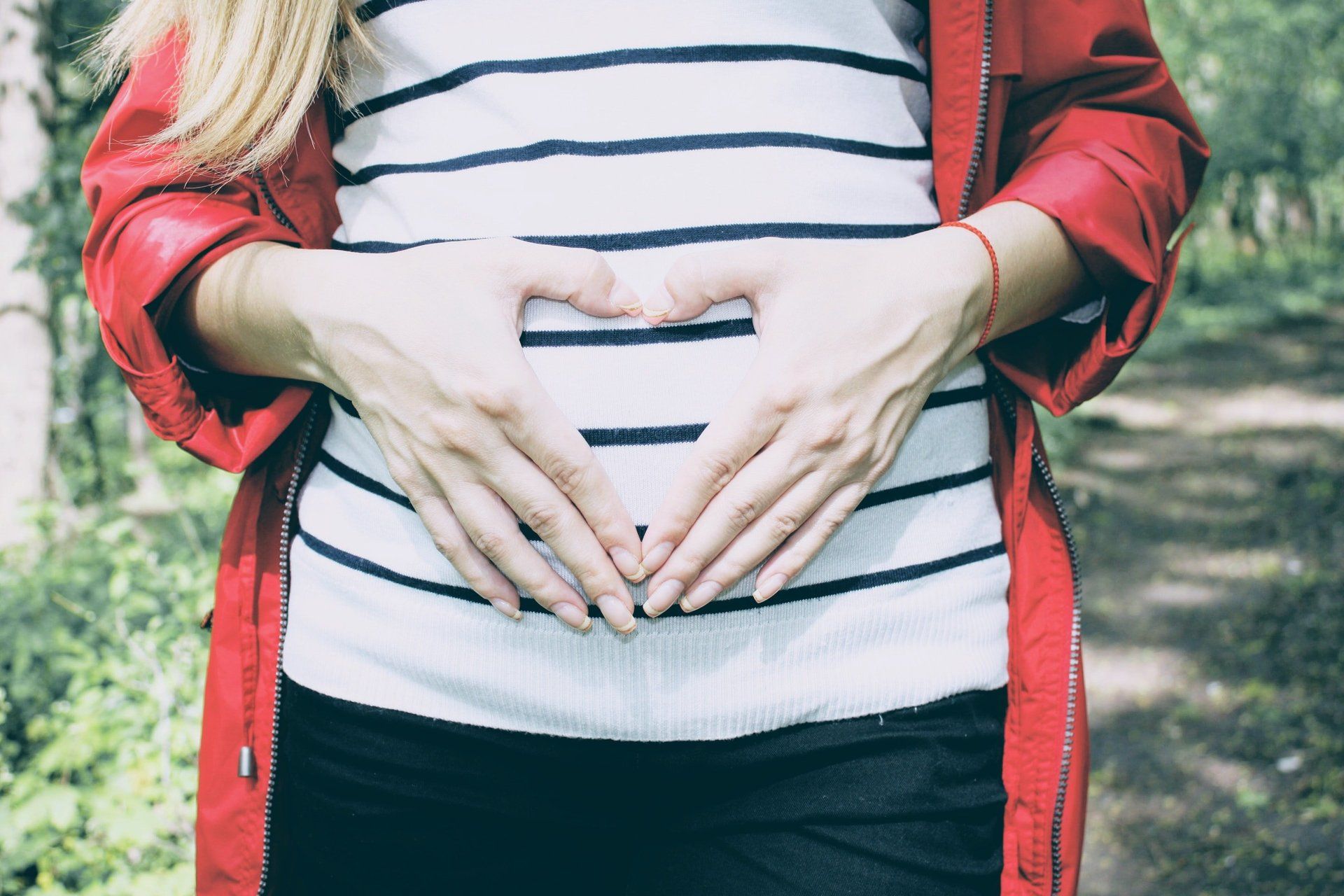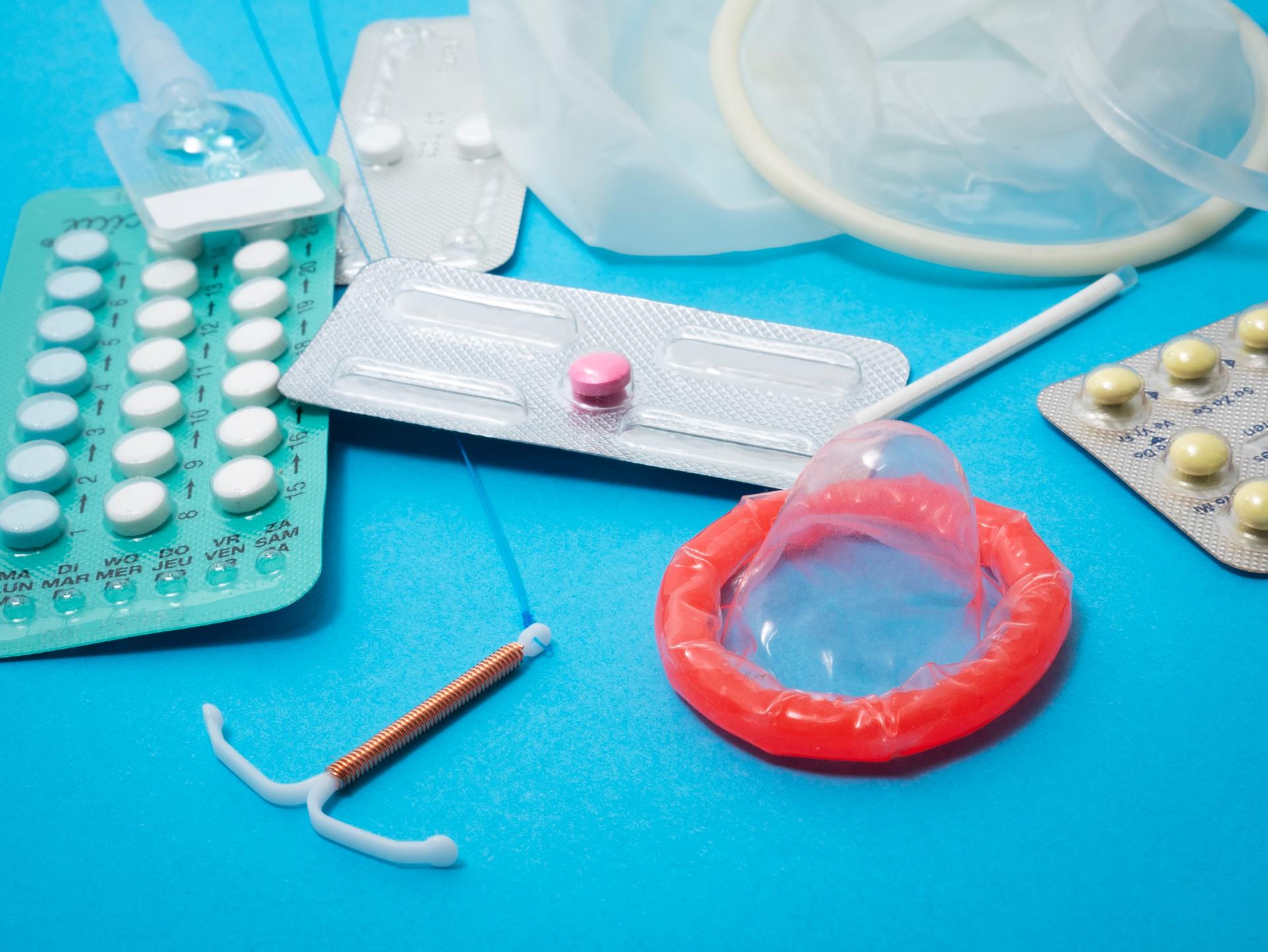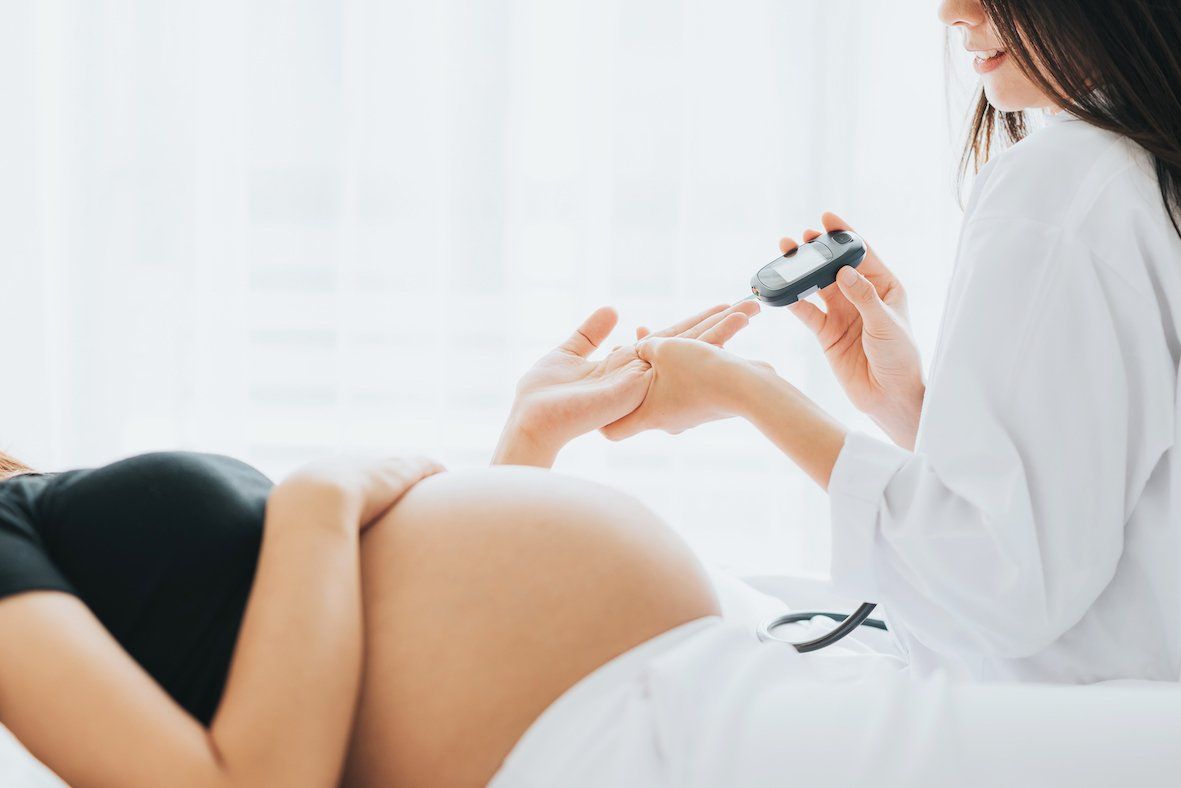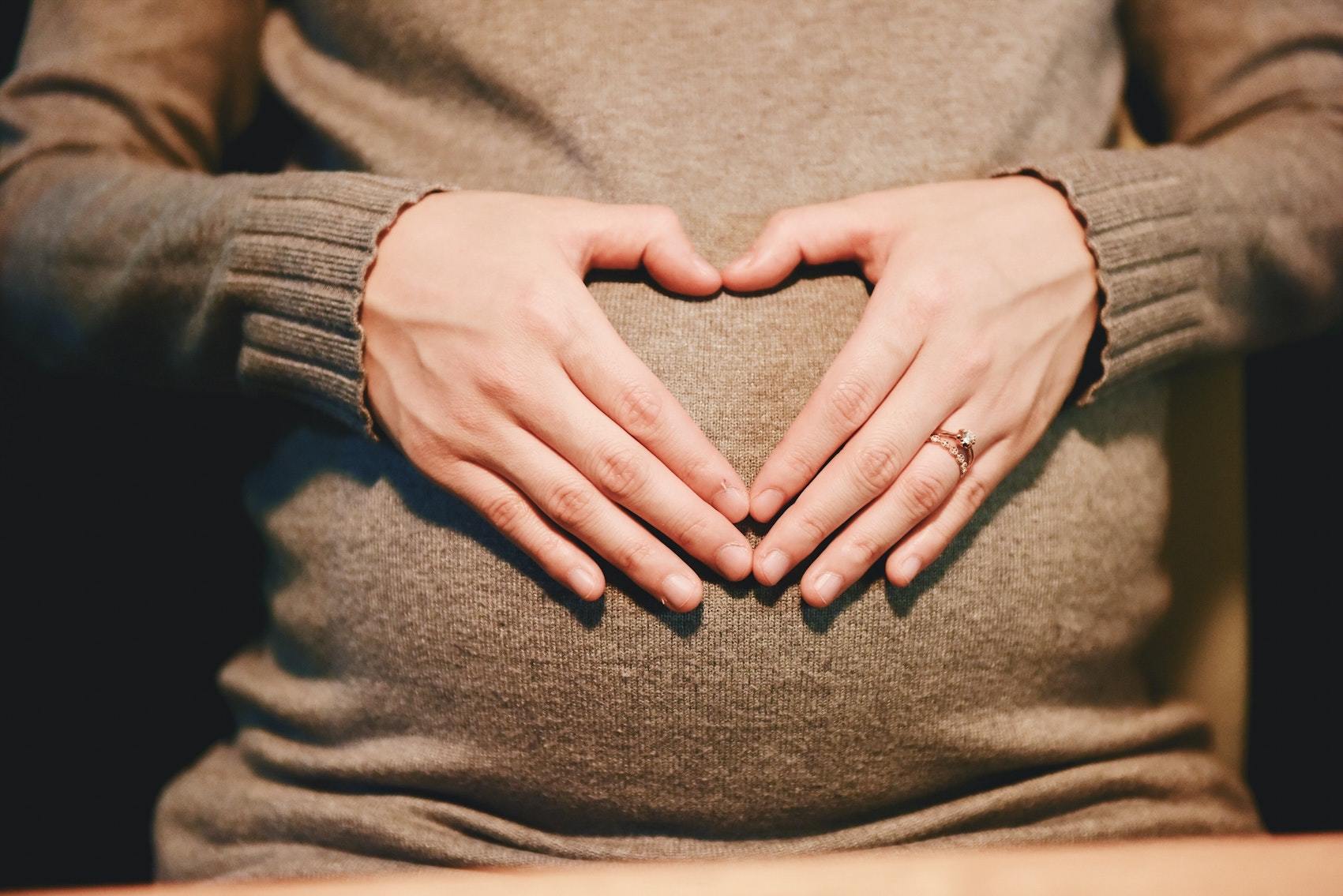New Cervical Cancer Screening - What You Need to Know
Dr Krystyna de Lange
From 1st December 2017, a five yearly cervical screening test replaced the two yearly pap test. Here's what you need to know.
New Cervical Cancer Screening FAQs
What is the new test?
Until December, 2017, the pap smear has been used in Australia to screen for cervical cancer. The pap smear is performed by collecting cells at the junction of the endocervix (inside of the cervix) and ectocervix (outside of the cervix) with a brush. These cells are then placed on a slide or in a liquid and looked at under a microscope to see if there are any abnormal cells that may indicate pre-cancerous or cancerous changes. With the new test, instead of looking directly for abnormal cells, the cervical screening test will look for the virus, human papillomavirus (HPV). Women will still need the same procedure involving a vaginal examination but instead of the lab looking for abnormal cells, they will first be trying to detect the presence of HPV.
What is HPV?
HPV is the virus that pre-disposes to cervical cancer and is responsible for more than 99% of cervical cancer. HPV is very easily transmitted via skin contact during sexual activity and is extremely common in both men and women who have ever been sexually active. In fact, most people who have ever been sexually active will have been infected with a strain of HPV at some point, often without even knowing it. Like most viruses, the body’s immune system will try to fight it naturally and generally is successful at removing it. But sometimes, the virus is able to cause the cells of the cervix to become abnormal and rarely, results in cervical cancer. So by looking for HPV on the new test, we are looking one step before the abnormal cells develop.
What does a positive test mean?
A positive result on the new cervical screening test means that HPV has been found in your sample. All abnormal results should be discussed with your doctor to decide on the management plan most appropriate for you. You may need increased surveillance or you may require a referral to a specialist to have further testing.
What age should women start having the cervical screening test?
Traditionally women have started having pap smears between the age of 18 to 20. With the new cervical screening program, women will not need to start having the HPV test until 25. This is great news for many women. One exception to this is if you became sexually active at an age under 14. For these women, a once off cervical screening test between the age of 20 and 24 is funded by the Government.
I had the HPV vaccination, do I still need screening?
A vaccination against HPV has been on the National Immunisation Program since 2007. Currently males and females receive this vaccination for free in Queensland as part of a school based program in year 7. It requires three doses over a six month period for complete effect. This vaccination directly targets the strains of HPV most responsible for causing cervical cancer. However, it does not protect against ALL strains. So whilst the vaccination is good news for reducing cervical cancer, it is still recommended that women undergo regular cervical screening even if they have received the full course of the vaccination.
How often should women have the cervical screening test?
The music to most women’s ears is the reduced frequency of cervical screening. Instead of the two yearly pap smear, the HPV cervical screening test will only need to be performed every five years. This applies to women who have always had negative results in the past and have no symptoms. Any woman who has had previous abnormal pap smears or is experiencing symptoms such as discharge or a change in bleeding (eg after sex or in between periods) should see their GP or gynaecologist to work out what testing is best for them.
Does this mean I can wait five years since my last pap smear?
When can I stop having cervical screening?
Women will be eligible to exit the cervical cancer screening program once they have a negative result between the age of 70 and 74.
Until December, 2017, the pap smear has been used in Australia to screen for cervical cancer. The pap smear is performed by collecting cells at the junction of the endocervix (inside of the cervix) and ectocervix (outside of the cervix) with a brush. These cells are then placed on a slide or in a liquid and looked at under a microscope to see if there are any abnormal cells that may indicate pre-cancerous or cancerous changes. With the new test, instead of looking directly for abnormal cells, the cervical screening test will look for the virus, human papillomavirus (HPV). Women will still need the same procedure involving a vaginal examination but instead of the lab looking for abnormal cells, they will first be trying to detect the presence of HPV.
What is HPV?
HPV is the virus that pre-disposes to cervical cancer and is responsible for more than 99% of cervical cancer. HPV is very easily transmitted via skin contact during sexual activity and is extremely common in both men and women who have ever been sexually active. In fact, most people who have ever been sexually active will have been infected with a strain of HPV at some point, often without even knowing it. Like most viruses, the body’s immune system will try to fight it naturally and generally is successful at removing it. But sometimes, the virus is able to cause the cells of the cervix to become abnormal and rarely, results in cervical cancer. So by looking for HPV on the new test, we are looking one step before the abnormal cells develop.
What does a positive test mean?
A positive result on the new cervical screening test means that HPV has been found in your sample. All abnormal results should be discussed with your doctor to decide on the management plan most appropriate for you. You may need increased surveillance or you may require a referral to a specialist to have further testing.
What age should women start having the cervical screening test?
Traditionally women have started having pap smears between the age of 18 to 20. With the new cervical screening program, women will not need to start having the HPV test until 25. This is great news for many women. One exception to this is if you became sexually active at an age under 14. For these women, a once off cervical screening test between the age of 20 and 24 is funded by the Government.
I had the HPV vaccination, do I still need screening?
A vaccination against HPV has been on the National Immunisation Program since 2007. Currently males and females receive this vaccination for free in Queensland as part of a school based program in year 7. It requires three doses over a six month period for complete effect. This vaccination directly targets the strains of HPV most responsible for causing cervical cancer. However, it does not protect against ALL strains. So whilst the vaccination is good news for reducing cervical cancer, it is still recommended that women undergo regular cervical screening even if they have received the full course of the vaccination.
How often should women have the cervical screening test?
The music to most women’s ears is the reduced frequency of cervical screening. Instead of the two yearly pap smear, the HPV cervical screening test will only need to be performed every five years. This applies to women who have always had negative results in the past and have no symptoms. Any woman who has had previous abnormal pap smears or is experiencing symptoms such as discharge or a change in bleeding (eg after sex or in between periods) should see their GP or gynaecologist to work out what testing is best for them.
Does this mean I can wait five years since my last pap smear?
Unfortunately, no. Because your last screening would have used the pap test you still need to return at the two year mark to have your next cervical screening test. Once you have had this test and providing it is all normal you can then wait the five years.
When can I stop having cervical screening?
Women will be eligible to exit the cervical cancer screening program once they have a negative result between the age of 70 and 74.
More Questions?
Read more about our Brisbane Women's Health Clinic.
Need to Update your Cervical Screen?

Our hands connect us with the world; we use them to work, communicate and to care for not only ourselves, but others. With the welcoming of baby into the world comes the endless use of your hands – picking baby up, holding their head while breastfeeding, scooping formula, burping, the list goes on. This unfortunately takes a toll on your body, particularly your wrists. Due to repeated thumb and wrist movement needed while caring for baby and additional factors like hormonal changes and fluid retention, mums are particularly prone to developing a painful condition called De Quervain’s tenosynovitis (also known as Mummy or Mother’s thumb).

The birth of my son split me in two. It happened gradually, then suddenly. As far as children go, he was dearly wanted and now that he is here, he is dearly loved. I’ll come back to the part about being split in two – because sometimes it’s fitting to take it back to the very beginning. June 2016. I was working in a stressful job. A gay woman stuck in a religious private school. After two years of loyal service, and after witnessing many fellow staff members take leave to undergo fertility treatment, I approached my boss requesting the same. “Sorry, I’ll have to get back to you. No one has done this before.” “Um… what about Selina, and Amanda, and Jade?” “No – I mean, as a gay woman. This will be a precedent.” “Right.” It took her six weeks and in that time, she deliberated with members higher up in the church to vote on what was the best way forward. They even prayed about it, like the God almighty would provide insight on my personal circumstances. “I’m sorry, but the best I can offer you is unpaid leave and you have to take it in term three. The rest of the year is too busy. You also have to apply at least a month in advance.” I looked at her dryly. “Do you know how periods work?” Evidently not. In the months that followed, I timed my IVF appointments cleverly around the school day. My doctor was willing to see me at 5am, which meant I didn’t have to tell my boss. When the big day of egg pick up arrived, I needed the whole day. I rang my boss. “Yeah, I’ve got a migraine. I’ll send my planning in. See you tomorrow.” She suspected nothing. “When you wake up from the egg pick up, the number of eggs will be written on your wrist,” the doctor said. “Now just lay back. Soon, you will fall asleep…” I counted back from ten. When I woke up, there were six circles drawn on my wrist. Six! I was 26 years old and I got a measly six eggs. I was despondent. In the days following, our little future babies were placed in dishes with donor sperm. There, they made the fateful journey to conception. Each day, I called to see how my dish-babies were doing. Six. Five. Four. Three. Two. Two! After all that effort, money, time, stress, and hormones, we got two embryos. One barely made it to freeze and was considered unviable for pregnancy but was placed on ice all the same. “We are not doing part two of this process until you find another job,” my wife, Natalie, had said. It took me over a year, but I finally found another job – in a state school. I loved it. It was inclusive, and I became part of the furniture. I took a paid sick day, and we went back to our clinic. When the day of transfer finally came, I laid back comfortably as my doctor readied his implements. “This is purely diagnostic. It is unlikely to work. Don’t do anything differently, just live your life.” “Okay.” He spread my legs and inserted the syringe. As he did, an entire waterfall of emotion washed over me. I sobbed. It was finally happening. But it might not work! “Are you okay? We’re done here.” “Yes, I’m fine,” I sobbed. He patted my back. “Best of luck!” As we turned and left the clinic, I realised I had a two week wait before me. “Don’t pee on any sticks,” was the advice given to me by a friend. By day four, I caved. I peed on a stick. I sat anxiously on the toilet, tapping the test like I was trying to get ink out of a pen. About five minutes later, a slight line appeared. I kept my obsessive behaviour to myself. I didn’t even tell my wife about that first pee-stick. With every day that passed, I peed on another stick. By the end of the two weeks, I had confessed to my wife and we had a bag full of sticks, each line appearing darker than the last. They clattered in the bag, as we emptied them every day and lined them up like assembly line soldiers. It was amazing, the first signs of the miracle of his conception. My luck seemed to continue after the easy conception. I stayed relatively slim throughout my pregnancy, didn’t have any sickness, and I managed to work until I was 34 weeks along. Sooner or later, though, I knew my luck was going to run out. “What I’d really like to do is give birth in water.” My midwife jotted this down and explained that it may be possible if a bath was available. Perfect! Mere weeks later, the day finally came. I was four days overdue and it was time to see what was going on. The sliding doors at the Royal Brisbane hospital welcomed us. We sauntered down the corridor with giddy excitement. We were welcomed into one of the consulting rooms, where I lay flat on my back, wondering when they would suggest an induction. I had desperately wanted to go into labour spontaneously, but nothing had worked – vigorous sex, running, time in the bath. The midwife poked and prodded my belly. “The baby’s head is displaced, and I think he or she may be quite big. Had they told you that during the ultrasounds?” “Yeah. They said the baby is measuring ahead.” “How would you feel about being induced now?” I paused. “We don’t even have our bag packed.” “That’s okay, we can send your wife home to prepare everything. We can take you up to the ward shortly.” “I see you’ve expressed a desire for a water birth. Because we’re inducing you, that option will no longer be available.” I lay in a ball, awaiting the next step. Any time my stomach hardened with Braxton Hicks, I became excited that this could be it. “Nope, not yet.” The midwife shuffled in and out, checking on me, then going to do her rounds. The Earth inched towards evening as the sky lit up an intense orange, and then darkened; not that I could see it overly well through the hospital shades. As the darkness of night crept in, my labour was induced. My body had let me down – but I was not done. The contractions started and I knew I could do this. I crinkled my nose, proud of myself for how well I was handling the contractions. I laboured on for hours, with cervix dilating on schedule. As I started to become tired from a lack of sleep, the contractions intensified. It was a consequence of the induction hormones and it became unbearable very quickly. Nonetheless, I stayed strong. “Hold onto me.” Natalie said, as I stood in the birthing suite, leaning forwards every time I contracted. Time passed and I waved one midwife off as the next came in and wasted no time checking my cervix. “It’s 8cm. You’ll have a baby in t two hours.” I beamed! It was finally coming together. I continued to feel the tightening of my body with each contraction as they became more frequent. Soon, I felt a sharp, choking feeling around my middle. It knocked the breath out of me. “Is this normal?” “Here do you want some gas?” The midwife passed me the inhaler. I breathed in. “Ugh, it’s not working.” The midwife asked me to spread my legs so she could check my cervix. She looked inside me, then paused. “Your dilation has regressed…” she trailed off and walked out the door to get another midwife. “Hi, I’m Cheryl.” Another midwife walked in, accidentally brushing my forehead with her fingers as she turned around. “Holy smokes, you’re hot!” she exclaimed. She took my temperature. “Forty degrees!” About five minutes later, a doctor arrived. “You have an infection, which is why you have a fever and regressed dilation. Your baby’s head is still displaced. We need to call time on this labour for everybody’s safety.” “Just sign this consent form and we will take you off to the theatre.” I signed rapidly and a midwife came to remove my hormone drip. “Your contractions should stop now.” As soon as she said that, my contractions went from lasting around thirty seconds, to a continuous sensation. “Ahhhh!!! It won’t stop!” I screamed. They started to wheel me down to theatre, ready to prepare me for a caesarean section. When we got there, the doctor started to explain the spinal block. “We’re going to insert some fluid into your spine. Then we’ll put some water on your belly to see if you feel it. Then we’re going to cut just below your bikini line to deliver the baby. Do you want your wife to say if it’s a boy or a girl?” “Oh my God, stop talking!” I writhed in excruciating pain. The contraction that started when they took out the hormone drip hadn’t stopped. The doctor stabbed my spine and I remained curled into a ball with an oxygen mask on. I leaned towards Natalie and the doctor leaned into her ear. “You have to stay strong, for her.” My forehead was sweating and I couldn’t move. “Can you straighten out, please?” The doctor rolled me onto my back and patted just below my bikini line. The nurse poured a few drops of water on the area. “Oh my God, don’t operate!” I yelled. “Okay, we’re going to have to do a general.” The anaesthesiologist leaned in and inserted a needle, which I couldn’t feel above the contractions. It all happened so quickly. This was all completely out of my control now. I had to let go. I inhaled sharply and expressed my only wish. “Don’t tell her the sex of the baby before I wake up!” That was the last thing I remember as the curtain of unconsciousness fell down around me. The next thing I remember is that my eyes were too heavy to open and I felt disconnected from myself, like a butterfly outside of its chrysalis. Was I dead? I opened one eye. I could see the most perfect looking baby on my chest. No blood, no fluid, no bruises. “He’s perfect.” I exclaimed, making an assumption about the sex of my baby before drifting back into the woozy stream of unconsciousness. The next time I woke, someone was holding my baby up in front of my face. They swiftly yanked the nappy down to reveal the sex. “It’s a boy!” We had already named him Soren, for a boy or a girl. It hurt so bad, but I smiled. “Why are you crying?” I looked over at my wife, confused. “It was just a C-section. They do these all the time.” I assured her. “You don’t get it. I almost lost you.” “You lost almost half of the blood in your body. They had to stabilise you. It took a long time. Soren was fine, but you nearly died.” I felt like part of my emotional self was anaesthetised. I could see and hear my own mortality being shared around me, but I couldn’t feel myself hurting. It was completely numbing, as if I’d been sliced through the chest and I was watching my heart exist outside of it weeping and bleeding, but not feeling so much as a twinge. It was almost like my brain was dismembered from my body and I was merely a spectator. The mental impact of his birth raged on and I still feel it today. However, I could not have had my son under any other circumstances. This was his birth. As traumatic and as violent as it was, it brought him to us. Sometimes I still feel split in two, but together, we are family. Felix culpa. Make Sure you vote in the Grow Medical 2020 Essay Competition by going to our Facebook Page , and liking and sharing your favourite Story of Families. If this one is your favourite, tell us why in the comments, and share it by clicking one of the circle icons below. Otherwise, read on with this year's finalists entries...

Returning to exercise after having a baby can be daunting, and for many women, they are unsure of where to start or where to seek advice. Like so many other aspects of parenthood, there isn’t a simple rule. There are, however, some fantastic guidelines we can follow to help ensure a safe return to exercise and every day activities. The evidence directs us towards low impact, controlled activity in the first 6 weeks where we are aiming to maximise natural recovery and facilitate healing and gentle strengthening of the pelvic floor and abdominal muscles. Growlife Medical are experienced in caring for you after a pregnancy. P lease contact us today for advice.
